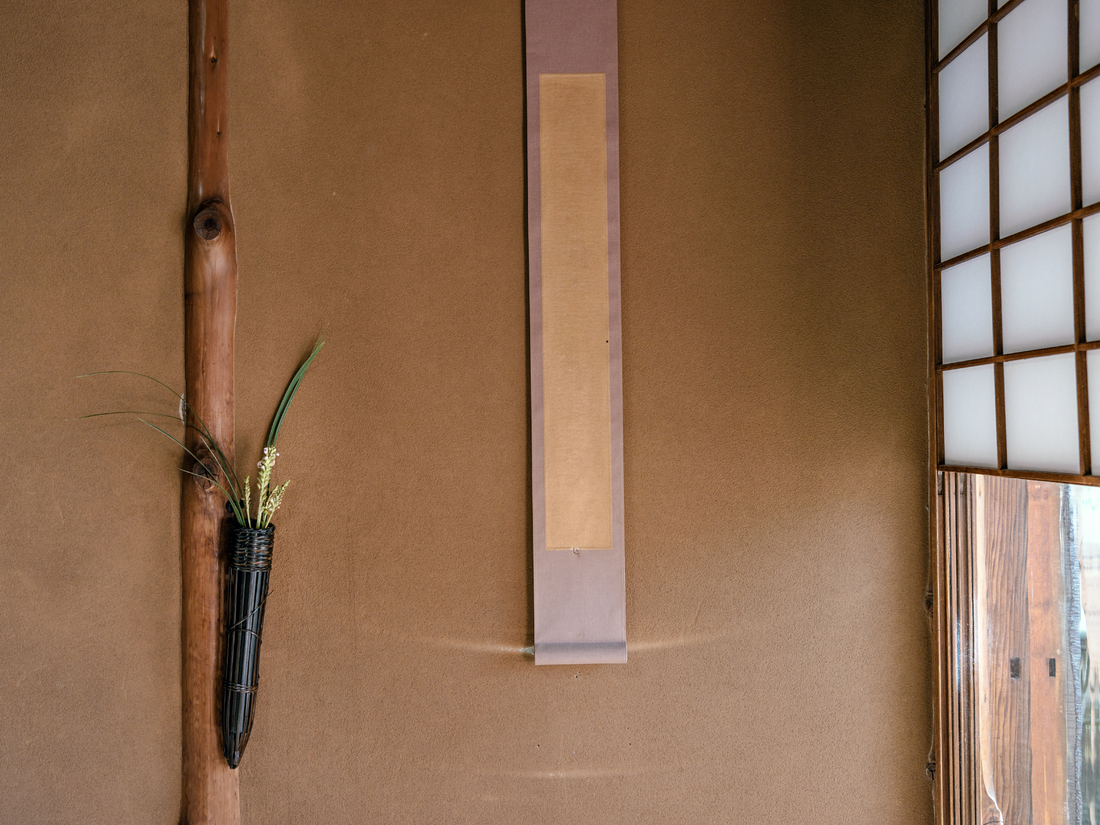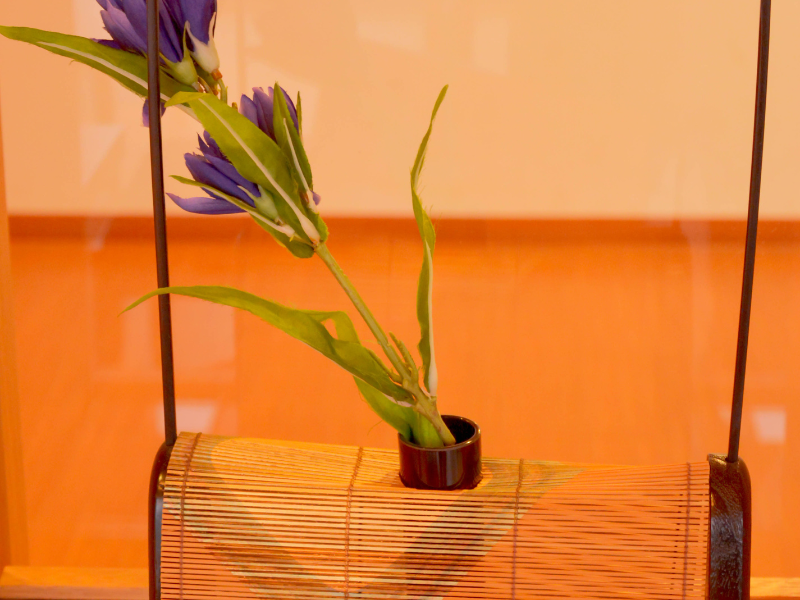
Chanelle Adams – A Plant Lover’s Journey Through Research and Art
Chanelle Adams, an artist, researcher, and writer, combines her passion for plants with her deep intellectual curiosity. From childhood memories

From humble beginnings to a refined and respected art, Ikebana has evolved through the ages, encapsulating the essence of Japanese aesthetics. In this blog post, we delve into the captivating history of Ikebana, shedding light on its cultural significance and the enduring allure that continues to captivate enthusiasts worldwide.
Ikebana finds its roots in ancient Japan, where it was initially practiced within Buddhist temples. The art form emerged as a means to honor the spirits of deceased ancestors by offering them floral tributes. Over time, Ikebana transcended its religious associations and became a form of self-expression, reflecting the Japanese concept of beauty rooted in simplicity, harmony, and respect for nature. Ikebana’s cultural significance lies in its ability to evoke tranquility, contemplation, and an appreciation for the ephemeral nature of life.
As Ikebana gained popularity, various distinct styles and schools emerged. The most prominent among them are Ikenobo, Ohara, and Sogetsu. Each style embodies unique philosophies and techniques, allowing practitioners to create diverse arrangements that evoke specific moods or themes. Ikenobo, being the oldest school, emphasizes traditional and formal arrangements, while Ohara embraces a more liberal approach, incorporating seasonal branches and unconventional materials. Sogetsu, on the other hand, embraces innovation, encouraging creative interpretations and experimentation.
Throughout its history, Ikebana has been influenced by external cultures and artistic movements. Chinese culture, specifically the concept of arranging flowers according to the principles of heaven, earth, and humankind, played a significant role in shaping early Ikebana practices. Additionally, the arrival of Zen Buddhism in Japan introduced a minimalistic and meditative approach to floral arrangements. The Meiji period marked a turning point for Ikebana, as Western influences brought new perspectives, leading to the incorporation of non-traditional elements and a departure from strict rules.
In the present day, Ikebana continues to thrive as a treasured art form. It has transcended its traditional boundaries and gained international recognition, with practitioners and enthusiasts spread across the globe. Ikebana has also evolved to adapt to contemporary sensibilities, with artists experimenting with unconventional materials, bold color palettes, and abstract designs. Exhibitions, workshops, and competitions provide platforms for practitioners to showcase their talent and inspire future generations.

Ikebana, with its deep cultural roots and artistic finesse, offers a window into the soul of Japan. Through the centuries, this ancient floral art form has transformed from a spiritual practice to a powerful mode of self-expression, capturing the ephemeral beauty of nature in carefully crafted arrangements. The evolving styles and international reach of Ikebana demonstrate its timeless allure, fostering a deep appreciation for nature, simplicity, and the delicate interplay between humans and their surroundings. Embracing the art of Ikebana allows us to immerse ourselves in the elegance and serenity of this cherished Japanese tradition.
To learn more about Ikebana, become a Flower Club members to participate in online study group and in person events around the world. Find out more.

Chanelle Adams, an artist, researcher, and writer, combines her passion for plants with her deep intellectual curiosity. From childhood memories

From the world of high fashion to the art of floral design, Kelly Ekardt has carved a unique path in